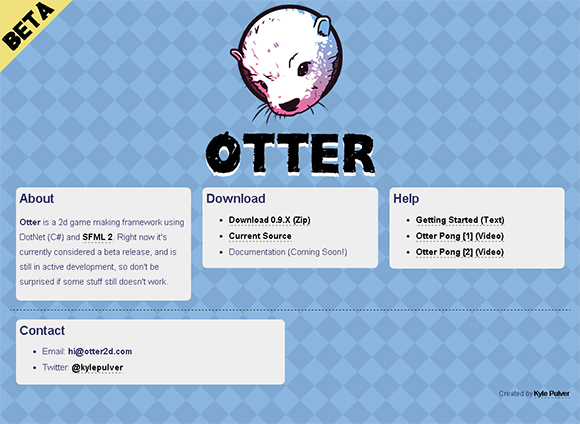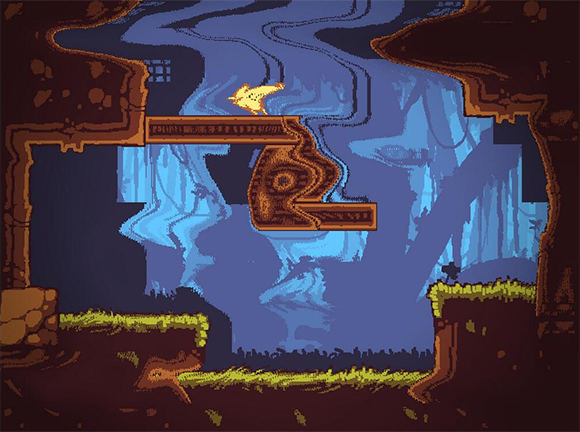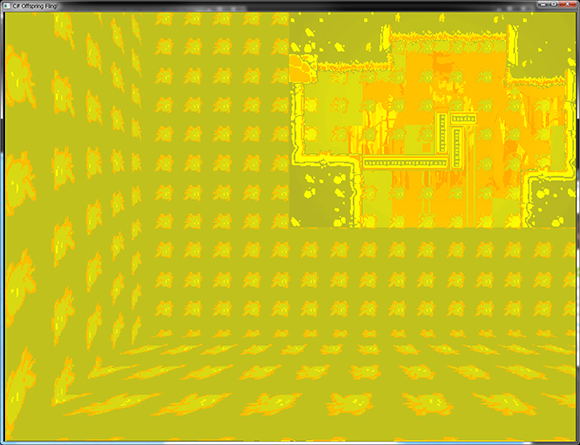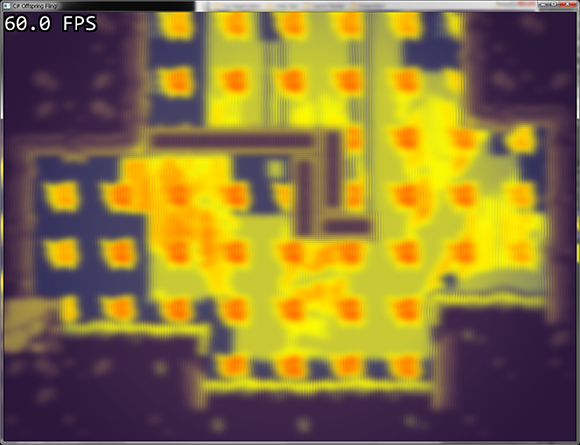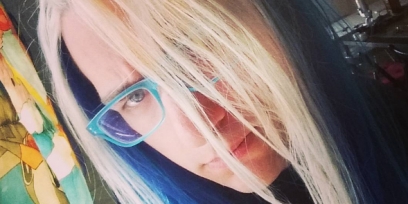Otter Updates: Effects!
Another round of Otter updates are here! I'm getting ready to go to a game jam for the weekend so I wanted to make sure I was equipped for making rad special effects for whatever I end up making (if I end up making a game, even.)
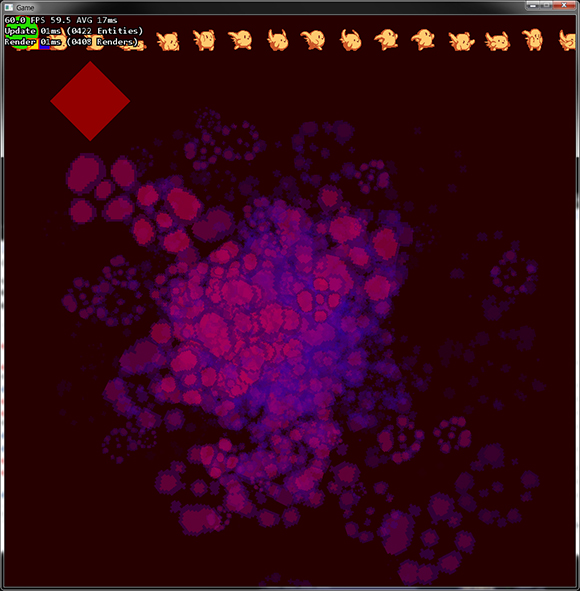
* Added the Particle entity. It can be used to easily create particles with simple effects.
* Added the Flash entity. It can be used to easily create screen flashes.
* Added the ImageSet graphic. This is used by the Particle entity right now. Think of it as a very very simple SpriteMap. You can render one image from a set of images (a sprite sheet) but there's no automatic animations.
* Added various window options to the Game class.
I have a few more fixes I want to do before the jam starts including a small fix to the Axis class and possibly changes to the StateMachine class to use enums for states, but I don't know if I'll be able to get to those before the jam starts in just a couple hours.

* Added the Particle entity. It can be used to easily create particles with simple effects.
* Added the Flash entity. It can be used to easily create screen flashes.
* Added the ImageSet graphic. This is used by the Particle entity right now. Think of it as a very very simple SpriteMap. You can render one image from a set of images (a sprite sheet) but there's no automatic animations.
* Added various window options to the Game class.
I have a few more fixes I want to do before the jam starts including a small fix to the Axis class and possibly changes to the StateMachine class to use enums for states, but I don't know if I'll be able to get to those before the jam starts in just a couple hours.
No Comments











